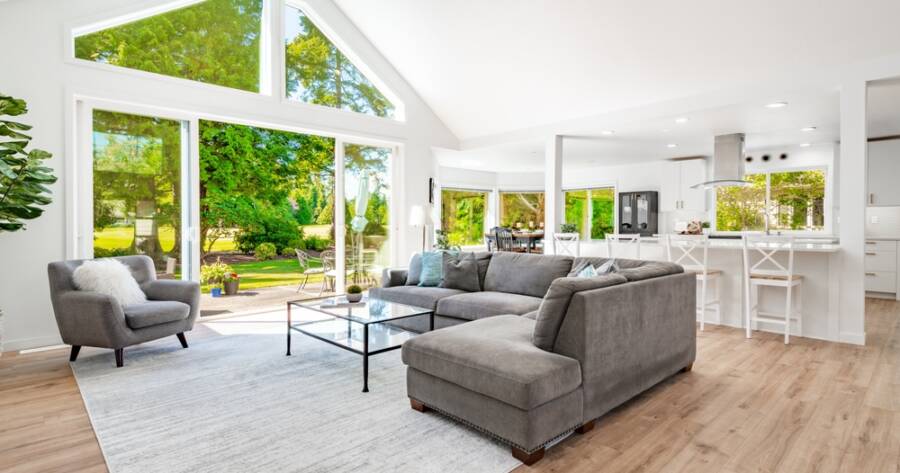Your home is more than just a backdrop to daily life, it’s a living space that should evolve as your needs change. Whether you’re welcoming a new baby, starting a remote job, or entering retirement, the most satisfying homes are designed to adapt. Instead of working against you with rigid layouts and dated features, a flexible home supports life’s shifts with comfort, ease, and style. Designing with adaptability in mind doesn’t mean compromising aesthetics or taking on major renovations.
Prioritize Multi-Functional Spaces
One of the easiest ways to create a flexible home is to design multi-purpose rooms. A guest room can double as a home office with a wall bed or a fold-down desk. A dining nook can become a study area with built-in shelving and good lighting. Open floor plans are especially useful, offering seamless transitions between living, working, and entertaining spaces.
When space is limited, opt for furniture that can transform, like nesting tables, storage ottomans, or expandable dining tables. These small adjustments make your home ready to accommodate new routines, hobbies, or family members without needing a full redesign.
Embrace Modular and Moveable Design
Adaptable homes benefit from modular furniture and moveable layouts. Instead of permanently built-in pieces, consider shelving units on wheels, lightweight chairs, or sectional sofas that can be reconfigured as needed. These elements allow your home to change layout or function without renovation.
This approach is especially useful for renters or anyone expecting life transitions such as a growing family, downsizing, or changing work demands. When your home isn’t locked into a single configuration, it becomes much easier to respond to new circumstances.
Plan for Accessibility and Aging in Place
Future-proofing your home means thinking about long-term usability. Whether you’re planning to stay in your home as you age or want to make your space inclusive for all visitors, small design decisions now can make a big difference later.
Install wider doorways, choose lever-style handles over traditional knobs, and ensure at least one bathroom and bedroom are on the ground floor. Opt for walk-in showers with grab bar reinforcements, non-slip flooring, and adjustable-height counters in kitchens and bathrooms.
These choices don’t just support aging in place, they make life easier for children, guests, and anyone with mobility issues.
Use Smart Technology to Your Advantage
Smart home devices can greatly enhance your home’s adaptability. Voice-controlled lighting, smart thermostats, and automated blinds can be customized to suit your lifestyle and preferences. Over time, these devices can learn your routines and optimize energy use, comfort, and security without manual input.
Additionally, smart technology makes your home more user-friendly for every generation. From remotely locking doors to setting wake-up lights, technology ensures your home adjusts to your needs whether you’re home or away.
Design for Storage that Grows with You
Storage is key to a clutter-free, flexible home. As your lifestyle shifts, your storage needs will too, think of baby gear turning into sports equipment, or work files giving way to craft supplies or fitness gear.
Invest in customizable storage solutions like adjustable shelving systems, under-bed storage drawers, or wall-mounted cabinets. Keep your storage open and adaptable so that it can evolve as your belongings do.
Think Long-Term with Materials and Finishes
Choose durable, timeless materials that hold up through changing trends and use. Neutral color palettes, quality hardwood flooring, and washable paint finishes are all wise investments. These materials age well and offer a versatile canvas you can update with accessories, textiles, or accent walls as your tastes change.
A Home That Grows with You
Life changes but your home can support those changes instead of resisting them. By thinking ahead, choosing flexible furnishings, incorporating smart design features, and planning for the long-term, you can build a home that’s responsive, welcoming, and ready for whatever comes next.
Designing a home that adapts with you is more than a trend, it’s a strategy for creating a space that always feels like it fits.

